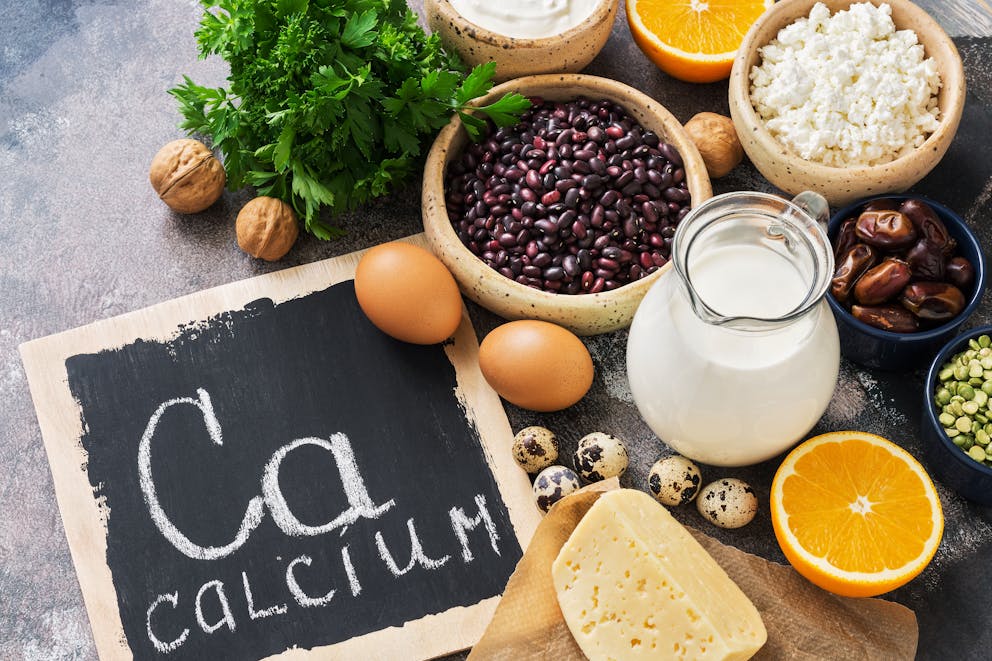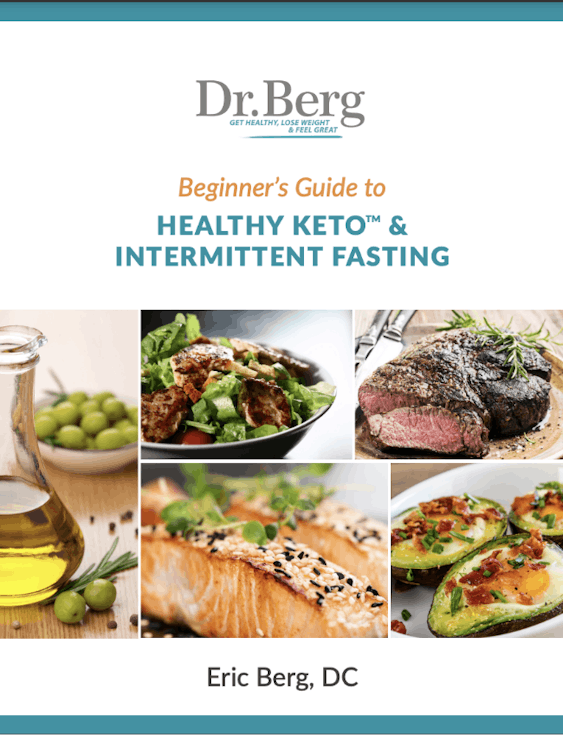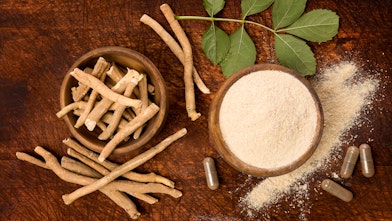What's Lacking With Split Nails
Are you noticing your nails are splitting? Wondering what's behind this frustrating issue and, more crucially, what it means for your health?
Split nail causes can range from annoying to potentially serious, often making you wonder if there's a deeper health concern.
Split nails, affecting both fingers and toes, are a common yet bothersome problem. This guide will explore the various potential causes behind this condition.
Understanding Split Nails
The medical term for split nails is onychoschizia. This condition includes nails that are brittle, soft, thin, or showing signs of peeling. It can appear on fingernails, toenails, or both.
It's important to understand this is more than a cosmetic issue. It can also signal underlying health deficiencies.
Potential Split Nail Causes
Several factors can cause nails to split. Understanding these nail splits lets you address the problem at its source. A wide variety of factors could be the culprit.
Calcium Deficiency
One of the leading split nail causes is a calcium deficiency. Calcium is critical for strong and healthy nails. When your body lacks enough, it often manifests in your nail's health first.
Calcium deficiency can present in different ways. Beyond nail problems, other symptoms can include weakened grip strength, muscle aches, twitching, and an increased risk of bone fractures.

Vitamin D Deficiency
Even with sufficient calcium, a vitamin D deficiency can hinder proper absorption. Vitamin D is crucial for absorbing calcium. Checking your vitamin D levels, ensuring adequate sunlight exposure, or considering supplements is worth exploring.
Vitamin D deficiencies are more common than one might think. Many people are deficient without even realizing it. This affects overall health, including nail growth.
Low Iron
Split nails may sometimes indicate low iron levels. Iron is important in producing keratin. Keratin, the protein that constitutes your nails, is vital for their strength and development.
Insufficient iron can lead to brittle nails that split easily. A proper diet or iron supplements can often remedy this.
Biotin Deficiency
Low biotin levels could be responsible, although this is less common. This B vitamin plays a key role in supporting nail strength.
Incorporating foods rich in biotin or considering a supplement may improve nail health. More research is currently underway.
Other Possibilities
Nail splitting isn't always linked to nutritional deficiencies. The frequent wetting and drying of hands can also contribute to this issue over time. This action can make nails brittle and more likely to split.
External factors, such as nail injury and exposure to harsh chemicals, can worsen the condition. It is best to take preventative steps.
Remedies and Solutions for Split Nail Causes
Finding an effective solution begins with understanding the potential underlying deficiencies. Adjustments to your diet and lifestyle can address these issues effectively.
Also, look at your water intake, as it helps to keep your nails clean.
Calcium Sources
Tackling a calcium deficiency effectively begins with the right calcium sources. It's best to avoid calcium carbonate due to its poor absorption by the body.
Superior choices include calcium lactate, calcium orotate, or calcium citrate, which are more readily absorbed. Getting calcium from food is often the best.
Incorporate quality sources of cheese
High-quality, organic, grass-fed cheese, particularly varieties from Europe, is an excellent calcium source. Quality plays a vital role.

Types of Cheeses High in Calcium
Type of Cheese | Calcium per 1oz |
Parmesan | 336mg |
Romano | 300mg |
Gruyere | 287mg |
Mozzarella | 207mg |
Iron intake improvements
Increase your iron intake with foods like beef and lamb. Vegan options are plentiful and include spinach and dried apricots. Always be aware of iron deficiency signs, including nails that are painful to the touch.
Addressing low iron as the cause can expedite the healing of split nails. Be direct when increasing your intake with a proper diet and potential iron supplements. See your doctor before starting iron, as too much can be bad.
Getting Enough Vitamin D
Spending some time each day in direct sunlight will help with our required Vitamin D. Sunscreen can affect absorption, though. Be aware that sunscreens over 8 SPF diminish absorption rates.
Vitamin D is also found in various food sources. Consider which foods will restore your Vitamin D levels. Also look at preventing split nails from ever occuring by increasing vitamin D.
Additional Signs of Calcium Deficiency
A calcium deficiency manifests in various ways, from subtle to more pronounced symptoms.
Fatigue
Persistent tiredness can be more than just everyday fatigue. It could indicate a lack of calcium. Looking into calcium levels is important.
Feeling consistently tired isn't typical. Once calcium is added to the diet, there should be improvements.
Muscle Issues
Muscle aches and reduced grip strength can signal a calcium deficiency. Twitching, especially near the lips or in the limbs, can be a sign.
These symptoms suggest your body may be lacking in essential calcium. Consider ways to increase it through natural sources or with supplements.
Bone Problems
Calcium is crucial for bone strength. Over time, a deficiency can lead to weakened bones, increasing fracture risks.
It's crucial to catch bone problems early. Ignoring them could lead to injuries from minor incidents.
Other Potential Symptoms
Less common but still significant is paresthesia. It can include tingling sensations, particularly around the lips. This can indicate a calcium deficiency.
These symptoms add more information to check calcium levels with a professional. You need to get a full picture of what's going on.
Sometimes, with yeast infections in the nail, calcium deficiency will show similar symptoms, such as a white color on the nail bed.
Nutritional Deficiencies and Their Impact on Nail Health
Split nails are often a sign of underlying nutritional deficiencies, poor hydration, or external damage.
Inadequate intake of essential vitamins and minerals, particularly iron, biotin, and protein, can weaken nails over time, making them more prone to splitting and breakage.
In some cases, deficiencies can also lead to nail abnormalities like spoon shaped nails, which may indicate low iron levels or other underlying health concerns.
To promote stronger, healthier nails, it’s important to incorporate nutrient-dense foods into your diet, such as leafy greens, eggs, and fatty fish.
A well-balanced, protein-rich keto diet combined with intermittent fasting can further support nutrient absorption and overall nail health.
Additionally, staying hydrated and minimizing exposure to harsh chemicals can help prevent further damage and encourage stronger nail growth.
Conclusion
Addressing split nail causes often comes down to identifying and correcting underlying nutritional deficiencies. Increasing your intake of key nutrients can be an effective solution.
Always check with a medical professional before making significant changes to your diet or starting any new supplements.
Understanding the frustration and the frequency of nail splitting, it's clear that targeting these deficiencies can significantly impact overall health.
With simple dietary adjustments, one can help improve nail strength.
FAQs about split nail causes
What deficiency causes nails to split?
Nail splitting is commonly linked to low calcium levels. However, other deficiencies like low iron, vitamin D, or biotin can also contribute.
It's important to identify the root cause by having a medically reviewed diagnosis in order to begin to take proper nail treatment.
If left unchecked, other potential problems can happen, including horizontal ridges. You can also apply petroleum jelly for simple treatments.
How do you treat a split nail?
Split nail treatment will vary based on the severity and underlying cause. Simple splits may heal with basic care, like keeping the nails clean and moisturized, possibly using petroleum jelly to prevent further drying.
For splits caused by deficiencies, addressing the nutritional imbalance through diet or supplements is key.
What are the common health conditions associated with nail problems?
Several health conditions health conditions can manifest through nail changes. These range from nutritional deficiencies to more serious health conditions like thyroid disease, psoriatic arthritis, and even heart disease or liver disease.
For instance, nail psoriasis is a skin condition that can cause pitting, discoloration, and separation of the nail from the nail bed, sometimes mistaken for simple splitting.
Conditions such as these often require specific treatments beyond basic care.
Are there external factors that worsen nail splitting?
Yes, excess moisture, frequent exposure to water, and the use of harsh chemicals like acetone-based nail polish remover can weaken nails.
External trauma and bad habits such as nail biting also increase risk. Also, they do not maintain proper nail growth cycles.
Can certain medications or treatments affect nail health?
Certain medications and treatments, particularly those used for severe conditions like breast cancer or stomach cancer, can have side effects that include nail changes.
For a comprehensive list of medications that might affect nail health, resources like Drugs A-Z can be invaluable, offering insights into potential impacts on nails. If concerned, talk to a professional, as this is not medical advice.
Previous blog
Head Lice: Best Home RemedyNext blog
Adrenal Fatigue Could be a Liver ProblemTags

Popular
08/21/2024
55.7K views
02/23/2025
46.8K views
11/18/2024
281.1K views
03/18/2024
11/21/2022




